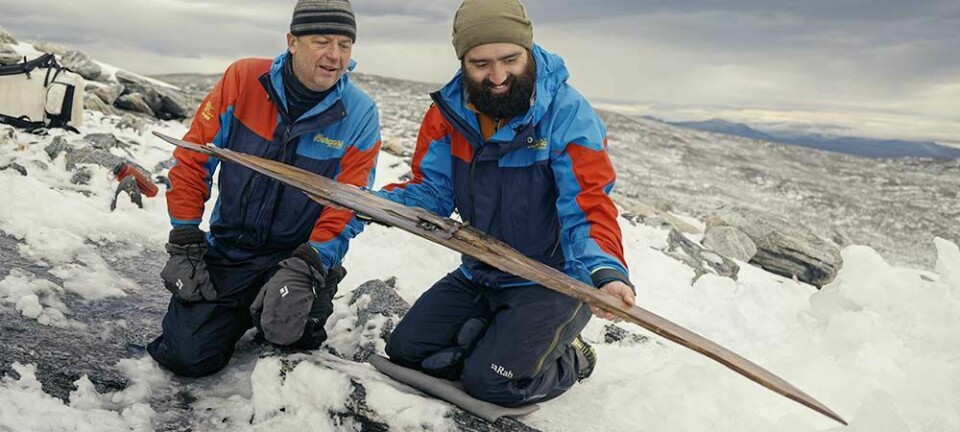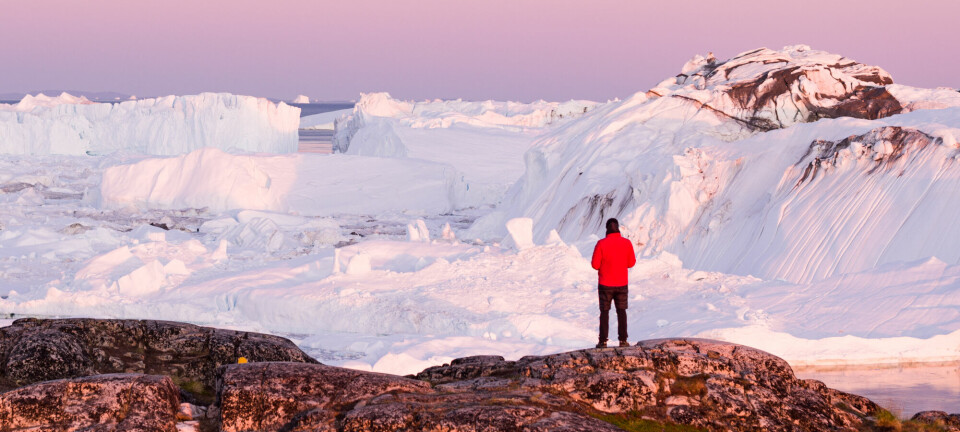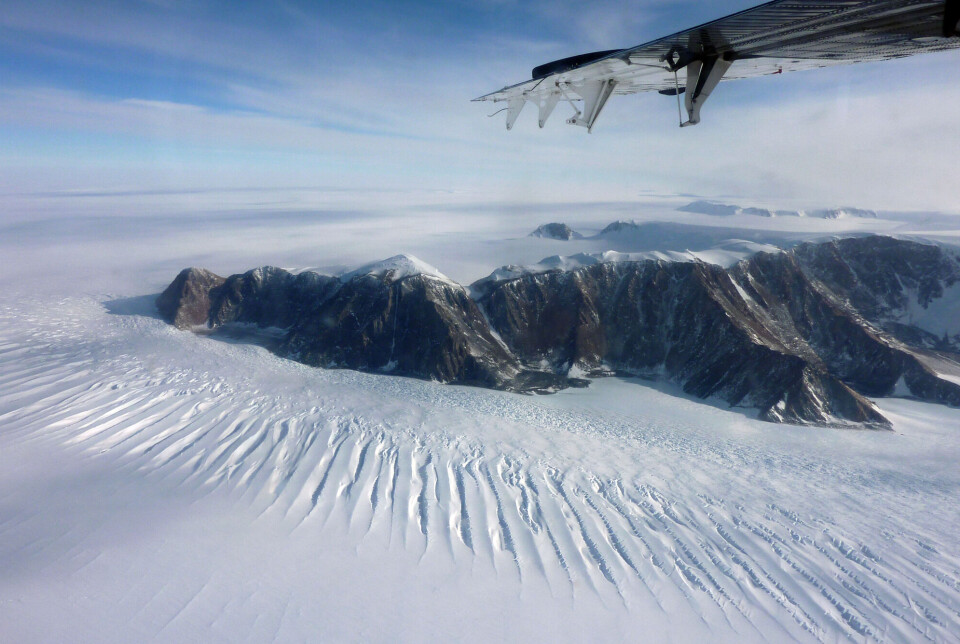
The oldest known ice in the world can be found here
It is several million years old.
The Earth has gone through many ice ages. In some epochs, there have been large ice sheets over our part of the world, and parts of Norway have been covered by ice several kilometres thick.
Other epochs have had much warmer climates than today, and the ice on the surface has receded far back.
But where is the oldest known ice on the Earth's surface now? There are several research groups working to find ancient ice. Air bubbles in this ice can give insight into what the climate was like on Earth at the exact time the bubbles were trapped.
Most viewed
No content
And some really old ice has been uncovered in Antarctica, Kikki Kleiven tells sciencenorway.no. She is a researcher and director at the Bjerknes Centre for Climate Research at the University of Bergen.
Three to five million years old
Ice in Antarctica has been uncovered that is estimated to be three to five million years old. This discovery is detailed in a 2022 research paper published in The Cryosphere.
This age is remarkably old for ice still found at the bottom of the Atlantic ice sheet.
“These are pockets of ancient ice,” Kleiven says.
The Antarctic continent is covered by large ice masses that flow from the inner parts of the ice sheet and out to the coast – where the ice breaks off and melts into the sea. This journey can take an incredibly long time.
In Antarctica, long ice cores have been collected that date back to around 800,000 years ago.
Kikki Kleiven says that there are plans to collect ice cores that can be dated as far back as one and a half million years in time.
This requires very complicated and costly operations deep inside the ice in Antarctica. Drilling rigs, people, and equipment must be transported into the world’s most inaccessible areas.
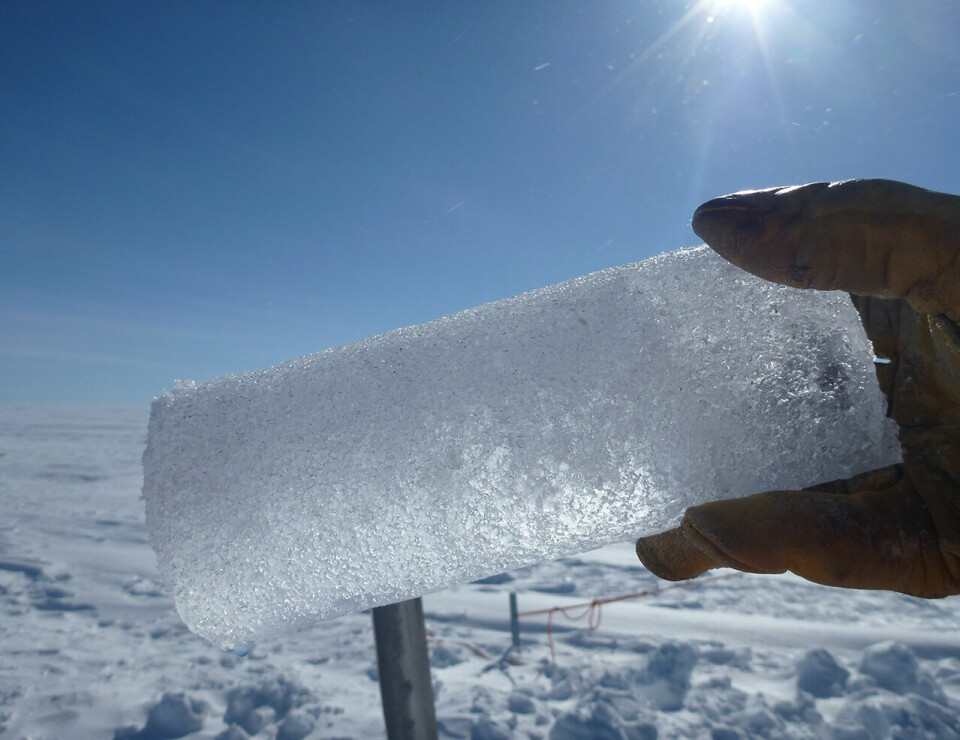
Old ice in dead ends
However, significantly older and more accessible ice has been found. This ice is much messier than the ice core samples taken from the ice sheet.
“As the ice moves, it also enters mountain formations and valleys. This can cause some of the ancient ice to be cut off,” Kleiven says.
The ice ends up in a dead end and becomes trapped. This has happened in Antarctica’s Ong Valley.
The upper layers of the ice masses have disappeared over hundreds of thousands of years. Ice sublimates, meaning it transitions directly into water vapour over time and vanishes from the surface.

Preserving the ancient ice
The dirt and stones in the upper layers have remained after the ice has disappeared, forming a protective layer over pockets of truly ancient ice.
“The challenge is that it’s not neatly layered like in the ice cores. It’s turned upside down or broken into pieces. It's a puzzle that needs to be put together,” Kleiven says.
The ice can be dated using radioactive elements within it that transform into other elements over time. This allows researchers to calculate backwards and estimate when the isotopes were trapped in the ice.
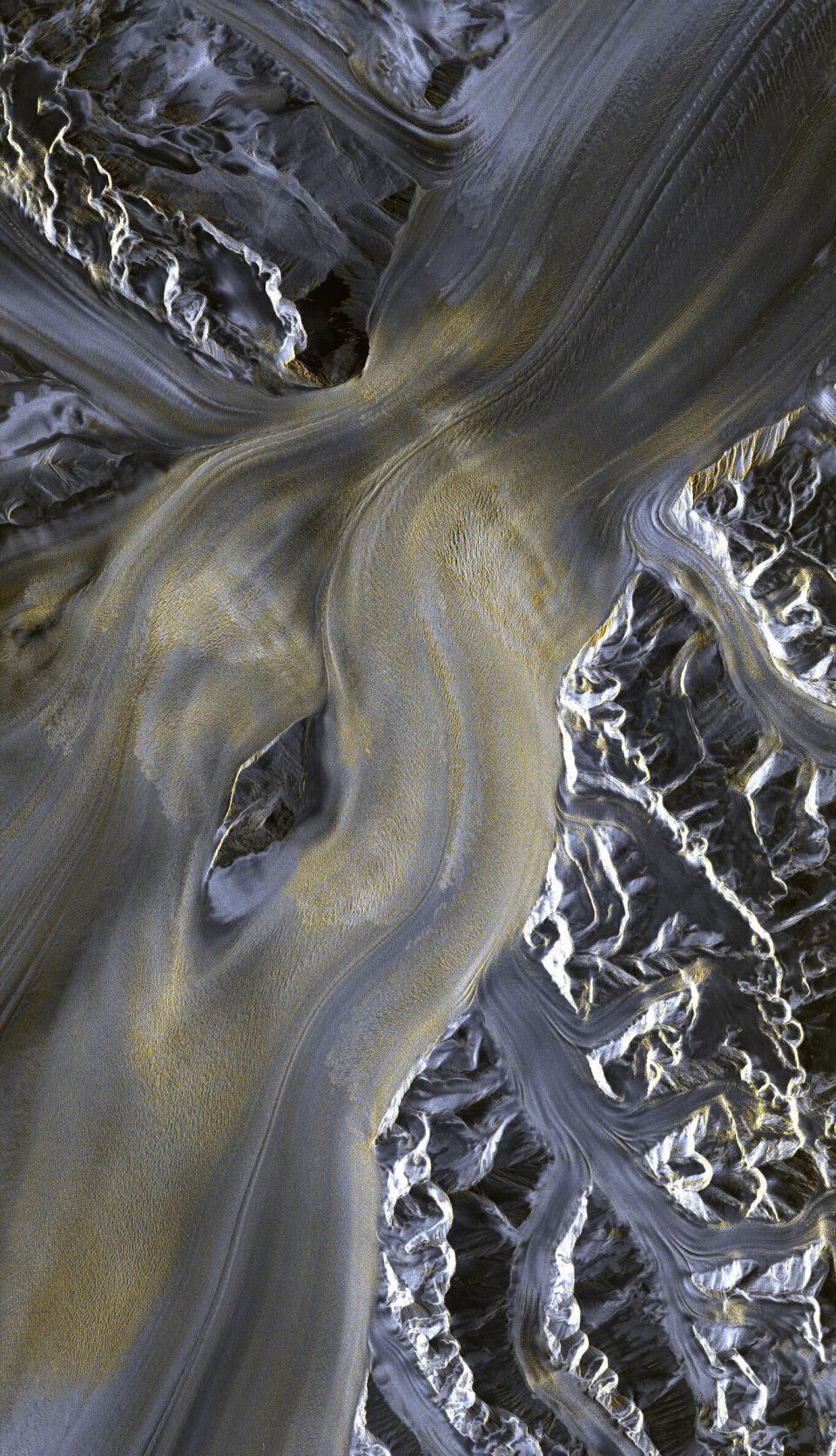
It can also be dated through substances that accumulate in the ice over many hundreds of thousands of years due to cosmic radiation.
The researchers behind the study on the ice in Ong Valley have created computer models that estimate how the accumulation of substances looks after millions of years. These can be used as references to estimate how long the ice has been under the rocks.
Covered in ice for more than 30 million years
Antarctica has been covered in ice for more than 30 million years, according to Kikki Kleiven.
Finding ice that old is unlikely due to factors like the movement and durability of the ice.
But what secrets could ice that is several million years old reveal? Kikki Kleiven suggests it could offer clues about the underlying causes of Earth’s natural climate variation.
“What, for instance, would it take to push the world into a new ice age?” Kleiven asks.
A clue might be the level of CO2 in the atmosphere at various times. Kleiven highlights an ice sample that is about 2.7 million years old containing ancient air bubbles that showed atmospheric CO2 levels were around 300 ppm (parts per million). It is currently around 424 ppm.
“If you can find ice that is five million years old, you’re looking at a greenhouse world. It was two or three degrees warmer than today,” she says.
The question is when during these geological periods there were high or low levels of CO2 in the atmosphere. This can be correlated with changes in other critical elements of the Earth’s climate system, thus enhancing our understanding of how the climate is affected.
This includes factors such as volcanism, plate tectonics, and ocean currents that influence the major trends in Earth’s climate evolution, Kleiven explains.
———
Translated by Alette Bjordal Gjellesvik
Read the Norwegian version of this article on forskning.no








